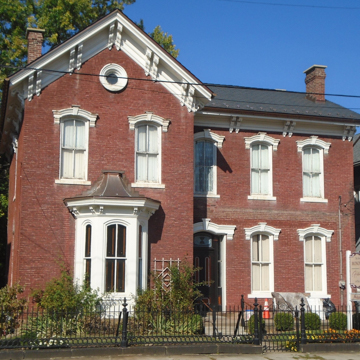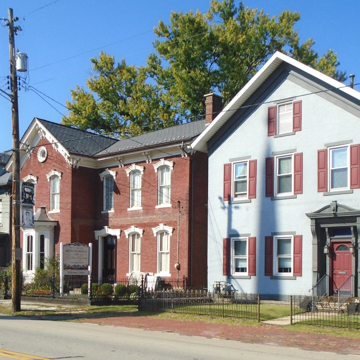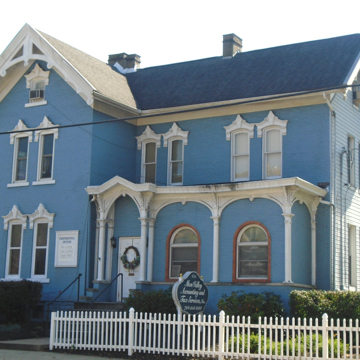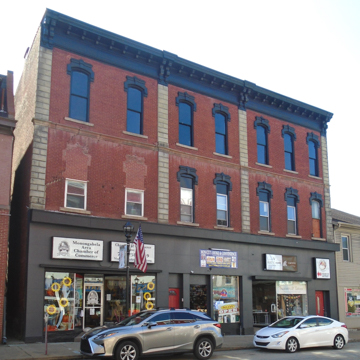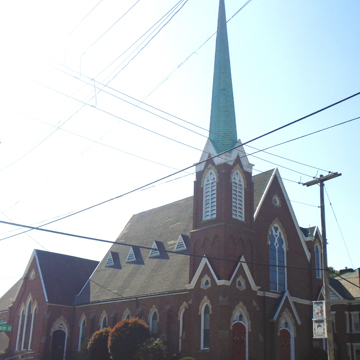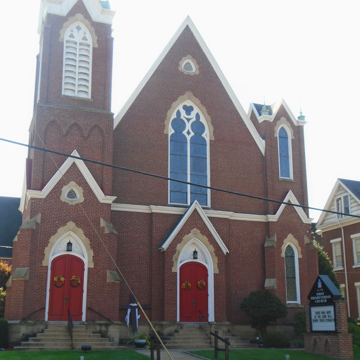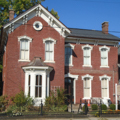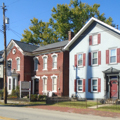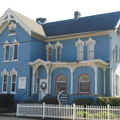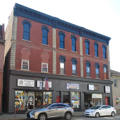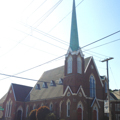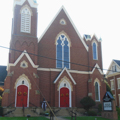This two-story, brick, L-shaped house was designed by Monongahela architect John Blythe (c. 1839–1901), for a riverboat captain, which may explain the porthole in the gable end. Since Blythe co-owned a planing mill, there are heavy wooden molds over the windows, a full bracketed cornice, and a bay window on
You are here
Longwell House
c. 1872, John Blythe. 711 W. Main St.
If SAH Archipedia has been useful to you, please consider supporting it.
SAH Archipedia tells the story of the United States through its buildings, landscapes, and cities. This freely available resource empowers the public with authoritative knowledge that deepens their understanding and appreciation of the built environment. But the Society of Architectural Historians, which created SAH Archipedia with University of Virginia Press, needs your support to maintain the high-caliber research, writing, photography, cartography, editing, design, and programming that make SAH Archipedia a trusted online resource available to all who value the history of place, heritage tourism, and learning.















